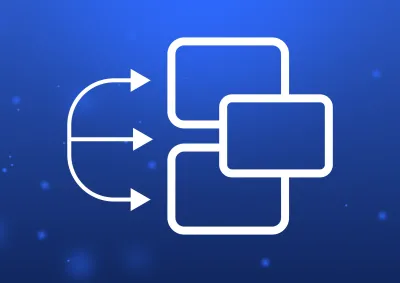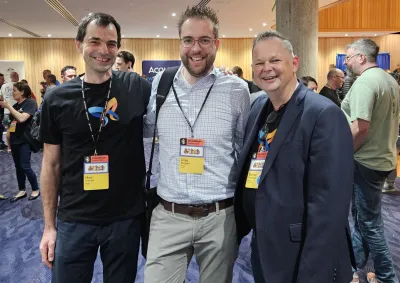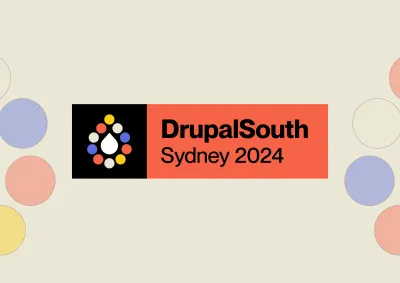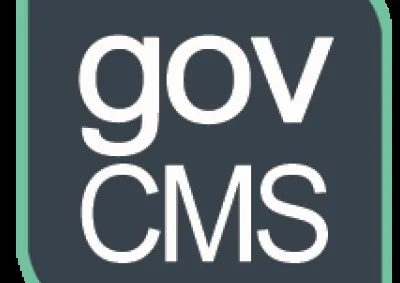Insights

Article
A guide on how to structure and present a site which contains many sub sections which need to be themed different on GovCMS SaaS.

Article
Kelvin Wong shares some useful tools for building sites with Twig. How templates can be structured to maintain consistency across content types while allowing room for customisation on individual needs.

Article
Morpht had a great time at DrupalSouth Sydney 2024! As always, it was an amazing event connecting, collaborating and learning with the Drupal community.

Article
Morpht are honoured to have received two awards at the Splash Awards 2024 for the National Office of Child Safety site in the Government - Federal category and Best in Show!

Article
The Australian and New Zealand Drupal community will be coming together for DrupalSouth Sydney 2024 this year from Wednesday 20 March - Friday 23 March 2024.

Case study
The CGC website is based on Convivial for GovCMS and includes document containers and file collections; as well as an interactive map of Australia.

Article
VantaJS is a sweet little Javascript library which displays dynamic, interactive animated backgrounds. It is a natural fit for an implementation as a Modifier in Drupal.

Article
The newly released GovCMS8 distribution ships with a brand-new base theme, designed to deliver a great-looking, functional site - straight out of the box, with no theming or coding required. Suitable for government agencies, platform evaluators as well as site builders and themers.

Article
Earlier in the year Morpht was hard at work on the new GovCMS8 UI-Kit Starter theme. That work has come to fruition and has now been released as open source.

Article
There are couple of online tools, and integration modules to get sharing widget to your site. They rely on JavaScript and the security of your users is questionable. This article will show you how to create a simple yet flexible and safer service sharing widget without line of JavaScript.

